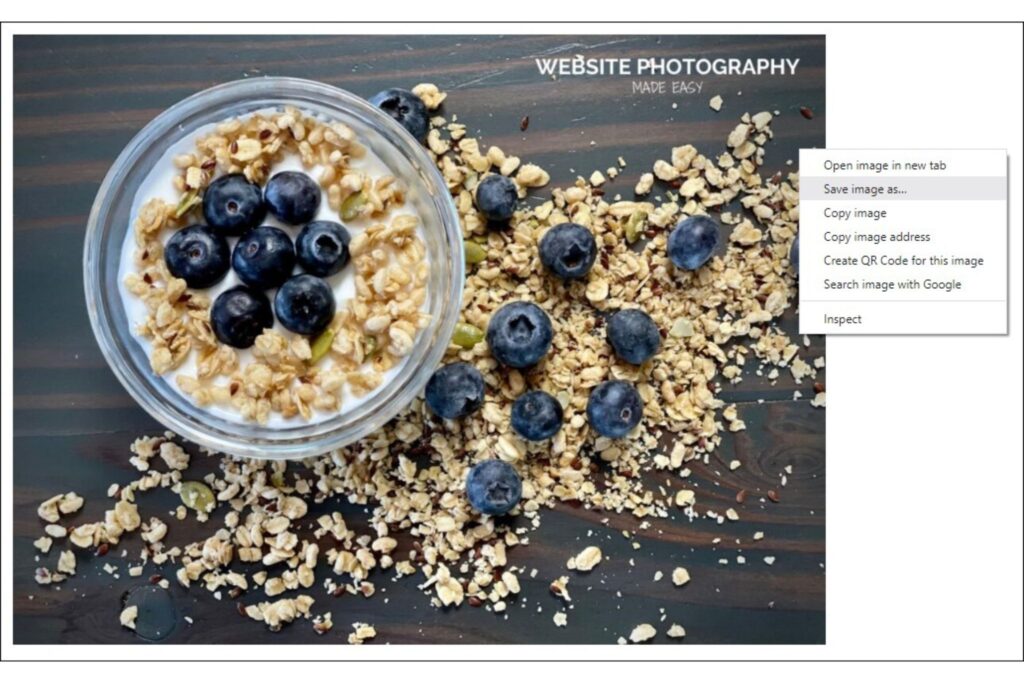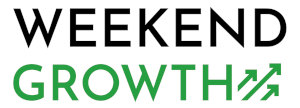Ever found an image online so captivating, you couldn’t help but save it? You’re definitely not alone. But, here’s a question “Can a website tell if I save a picture?” It’s a great question that pushes us into the fascinating world of web analytics, HTTP requests, digital privacy, and legal issues.
Quick Navigation
Do Websites Know When You Save Pictures?
For starters, if you have any concerns about a website knowing if you saved a photo, then just don’t save it.
And, it is NOT a good idea to save a photo that you then use on your own website! You will get into a mess with copyright issues if you do that. Don’t take that chance. You might as well learn how to take pictures for your website instead.
Why Listen to Me? I was a professional photographer (Bauman Photographers) for 12 years. I educated pro photographers at the highest level (Creative Live). I now run a marketing agency that grows and manages websites for businesses (201 Creative). We know a lot about images and how they are used on the web.
But, if you’re considering saving a photo from a website for more genial purposes, here are some considerations:
Web Analytics and User Behavior Tracking
Web analytics tools offer a plethora of data about user behavior. Tools like Google Analytic, can track and record actions such as pageviews, time spent on the site, click-through rates, and bounce rates. Essentially, they track the interactions that involve a request being sent to the server.
However, when it comes to saving an image, things get a bit more complex. The typical action of right-clicking and selecting “Save Image As…” is a client-side action, which means it happens on your device without sending a unique request to the server that could be tracked.

It is possible to set up a tool like Google Analytics to track image downloads, but it is cumbersome and time consuming, not to mention somewhat difficult. It would be pretty rare for a website to go to these lengths, but it is possible.
Understanding HTTP Requests and Server Logs
To understand why downloading photos typically isn’t tracked, it’s crucial to understand how HTTP requests work.
When you visit a website, your browser sends HTTP requests to the server to retrieve and load the site’s content, including images..
These requests are logged in the server logs, providing information such as the IP address, the time of the request, the browser type, and the specific file accessed.
While this can show that an image file was accessed, it doesn’t differentiate between merely viewing the image as part of loading the webpage and saving the image to your device
So, your typical server log won’t differentiate between viewing an image and downloading it.
Website Scripts and Image Saving
You might wonder whether websites can use scripts to detect the right-click action on an image.
While it’s true that websites can use JavaScript to disable right-clicking as a rudimentary form of image protection, this does not provide them with the ability to track if an image was saved.
Disabling right-clicking can often be easily bypassed, and it does not prevent saving the image through other means, such as taking a screenshot.
Privacy Implications and User Consent
The privacy implications of tracking user actions so granularly are significant.
In many jurisdictions, tracking and recording such detailed user behavior could infringe upon privacy rights.
Under regulations such as the General Data Protection Regulation (GDPR) in the European Union, explicit user consent would be required for this level of tracking.
For the vast majority of websites, it just isn’t worth it.
Legal Aspects and Copyright Laws
While a website probably cannot track if you save an image, it’s important to remember that the unauthorized use of copyrighted images can have legal consequences.
If you’re saving images for personal use, it’s usually acceptable (although not always). However, if you plan to use the image for commercial purposes or reproduce it on your own website or other platforms, you have to have the rights to do so.
This could involve purchasing a license, obtaining permission from the copyright holder, or using images available under Creative Commons licenses or in the public domain.
Conclusion
While the internet may feel like a surveillance state at times, the act of saving an image from a website typically goes undetected. This action doesn’t trigger a unique HTTP request that could be tracked separately by web analytics tools or logged in server logs.
However, this should not be seen as a green light to misuse copyrighted images. Always remember to respect copyright laws and obtain necessary permissions when using images for more than personal use. Or, just learn how to take custom images for your website and avoid the question altogether.

